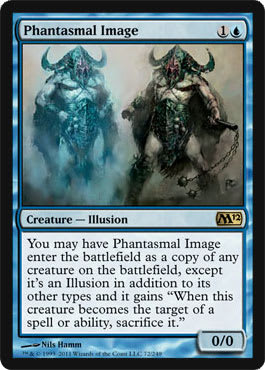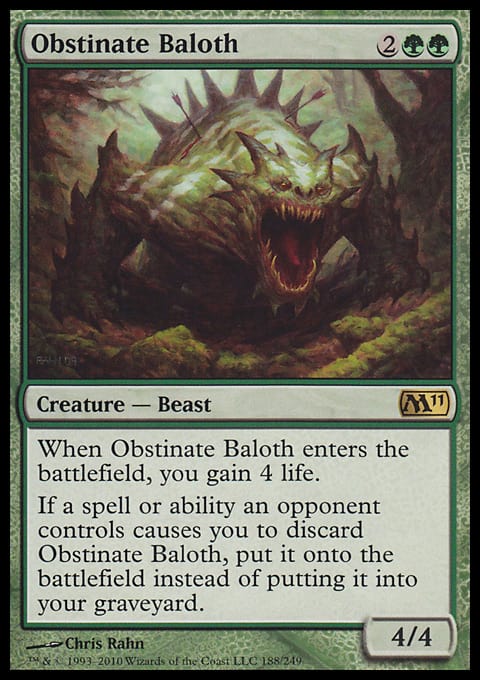Last year, I asserted that moving to the two-set block killed Standard. I recommend reading the linked article before going further into this article, but to sum up, of the three buckets into which 2014's issues fell — Limited play, Constructed play, and Creative/Marketing — the two-set block helped solve Limited and Creative/Marketing issues directly at the expense of Constructed play. This is because Limited and Creative/Marketing strengthen identities by adding more worlds, while Constructed needs a critical mass of synergies to even have an identity (as opposed to decks being the best on-curve cards in the colors). As I said in December:
Zombies winning Pro Tour Amonkhet reminded the world of a life with more than on-curve/good-stuff decks. There were enough Zombies to make a real deck, there were strong cards that only Zombies wanted (like Dark Salvation), and those were incentives to add otherwise underwhelming Zombies for the sake of synergy (Binding Mummy Top 8'd a Pro Tour!). And it felt good to me as someone who'd lamented the lack of sufficient tribal/synergy incentives that came when two-set blocks chose balanced Limited play over seeding enough cards for Constructed.
To be clear, there have been plenty of good-stuff/on-curve decks as well as synergy decks over the years. For every Madness, Affinity, Faeries, and Blue Devotion, there's a Quick N' Toast, Jund, Jeskai Blue, and ![]()
![]() Flash that mostly jammed the best stuff available with the mana. But that's the thing — Constructed formats feel more complete when there are different styles of decks in this way, and especially at the Friday Night Magic level decks are more fun when decks with distinct identities can at least break even.
Flash that mostly jammed the best stuff available with the mana. But that's the thing — Constructed formats feel more complete when there are different styles of decks in this way, and especially at the Friday Night Magic level decks are more fun when decks with distinct identities can at least break even.
On June 15, 2016, I said:
On June 12, 2017 . . . Mark Rosewater gave me something to write about.
What Changed and Why?
Going forward, there won't be blocks; there will be three large sets and a core set focused on simplicity with "new and reprinted cards aimed for Constructed play" as well. Sam Stoddard had lamented the loss of core sets twice this year (March 24 and just last week), so R&D has been giving the sense that my thoughts in December were basically right. I didn't know that meant the core set was coming back, but it's clear in retrospect that they've been jonesing for it.
Rosewater listed the quicker change in worlds as a big success. "More Worlds Per Year" and "More Large-Set-Alone Draft Environments" (Rosewater's phrases) are coming in greater force with the new set model because the two-set block model simultaneously accomplished Limited and Creative/Marketing goals. What makes the core set work so well with this change is that Wizards of the Coast has figured out how to streamline it to serve Creative/Marketing and Constructed goals simultaneously. They've been trying to do that since Magic 2010, but they lost focus — Mirror of Fate, Sphinx Ambassador, Phantasmal Image, Xathrid Gorgon, Savage Summoning, Goblin Kaboomist, and the transforming Planeswalkers have loads of text, and not all those cards reward their essays with playability.
How Much Will This Change?
Assuming the best of R&D's efforts (bias disclosure: I'm friends with a few of them), I think this solves just about everything. What I wanted to see in December was more synergy cards in sets to give each world in Standard enough of a playable identity, a clash of planes instead of just an assemblage of efficiency. As I said in December:
This looks like it will be accomplished completely with the change. Here's why:
- Designing all cards for three months of Limited instead of six months means each Limited environment can be stuffed with as many cards of a mechanic as are worth having — if people get tired of something like energy after a set, the next set will be completely different anyway;
- There will be four to six worlds in Standard at any given time instead of three to four, giving more opportunity for players at the local level to build with their favorites; and
- The core set can add course correction cards in the vein of Great Sable Stag or synergy cards that didn't make sense in the world-building sets for creative and gameplay reasons — it can be the fine-tune dial that the banlist has had to be in the interim.
That last concept is massively important. When Faeries was too oppressive, instead of banning Bitterblossom, Wizards printed Great Sable Stag. When Bloodbraid Elf into Blightning was all the rage, the new Obstinate Baloth punished it (so well that it shows up in Modern Scapeshift and elsewhere). When Emrakul, the Promised End and Smuggler's Copter were too good, banning them was the available solution. It's easy to say they could have just put a solution in the next unfinished set the last couple years, but each available set had creative concerns that made format tourniquets harder to squeeze in. Core sets have no such split loyalties — if a card's simple enough, it can serve all the core set's needs while helping Constructed.
Now, some of what I just said only works if R&D builds their Limited environments differently as a benefit granted from their shorter shelf life. My reading of Rosewater's article is that they're thinking that way. "For some worlds, it turns out six months is too long." Cutting that world time down to three months opens up all sorts of opportunities; aiding the synergy end of Constructed design is just one of them. Every environment will have a best-stuff deck regardless of how good the stuff is, but not every environment will have enough cards for other styles of decks.
Conclusion
I didn't know this was going to be the initial announcement, and for all the hand-wringing and word-whinging over recent Standard environments, for Wizards of the Coast to see things as similarly as I did in December — and say so — surprised me enough to write this follow-up. There are more reasons for these changes that I'm concerned about, but for the health of Standard Wizards couldn't have picked a much better solution in my view. Hopefully we see more decks with distinctive personalities and identities succeed at the professional and local levels; I think that's critical to maintaining the broad appeal Standard ought to have.
More worlds to explore, fresher Limited environments, and a Standard with more options and presumably fewer banned cards — what's not to like? I've written this before any other announcements from Announcement Week are known, but this one is as good as it gets in my book. What about yours?


























